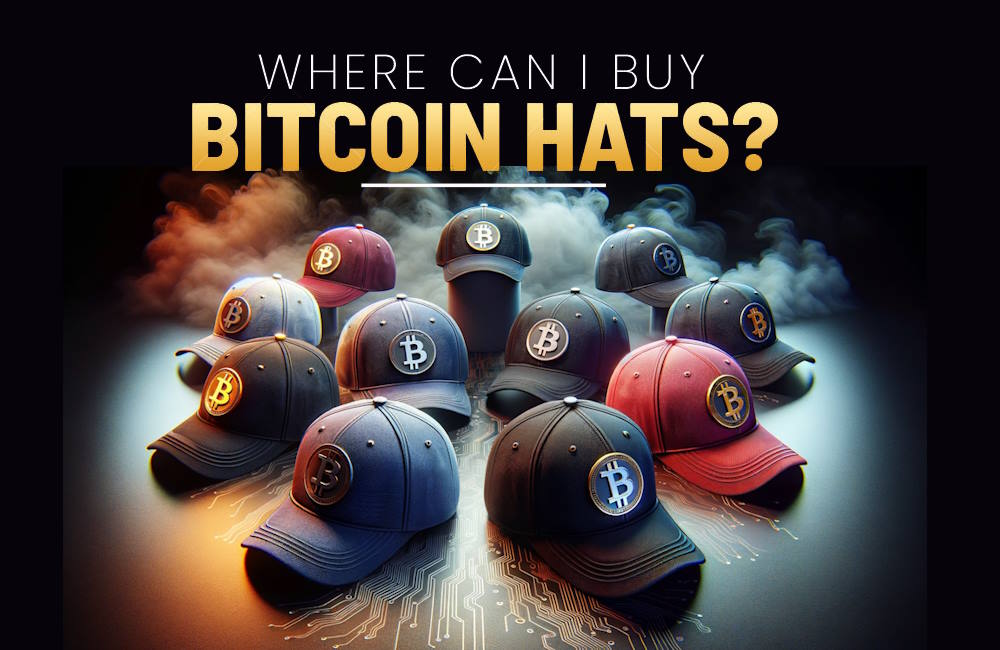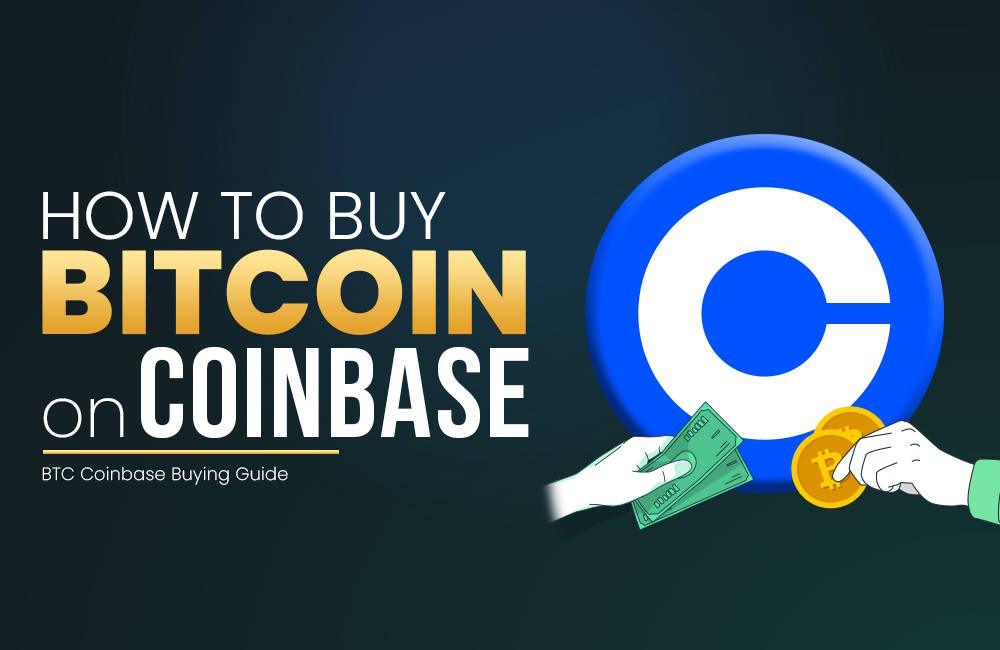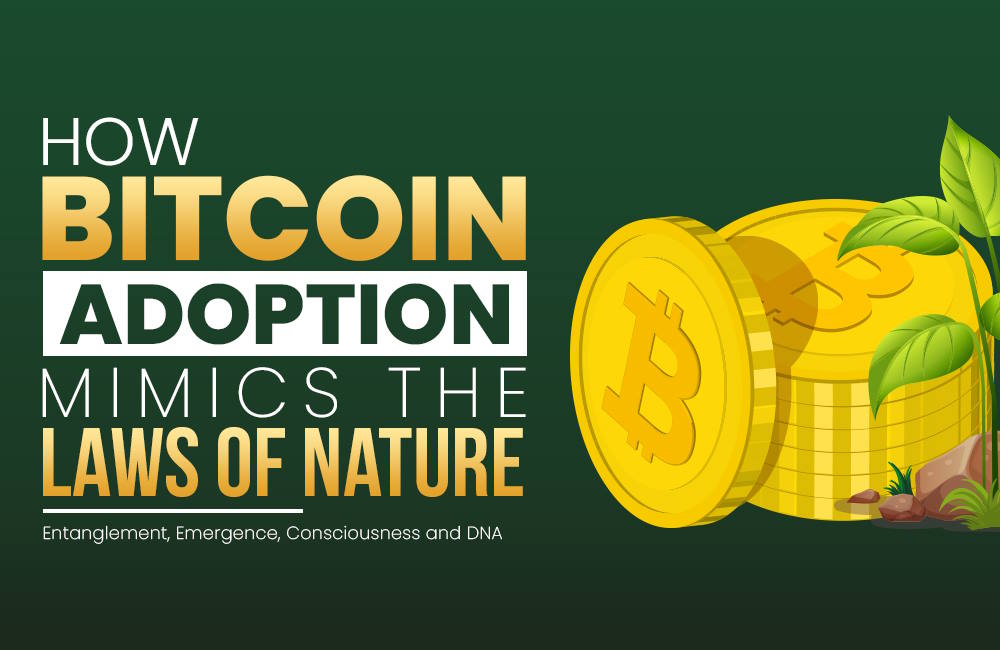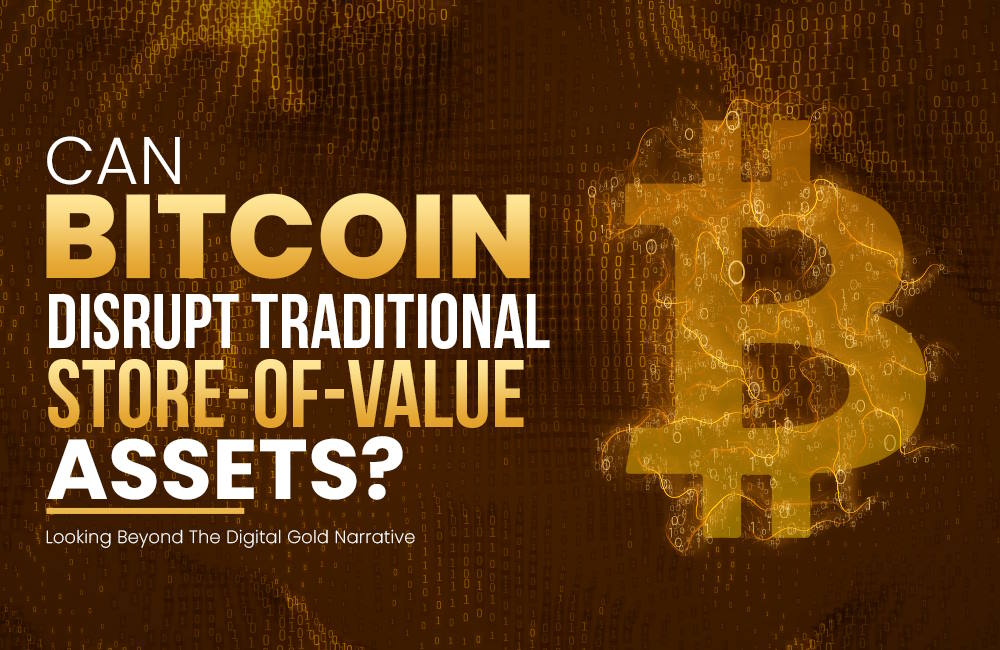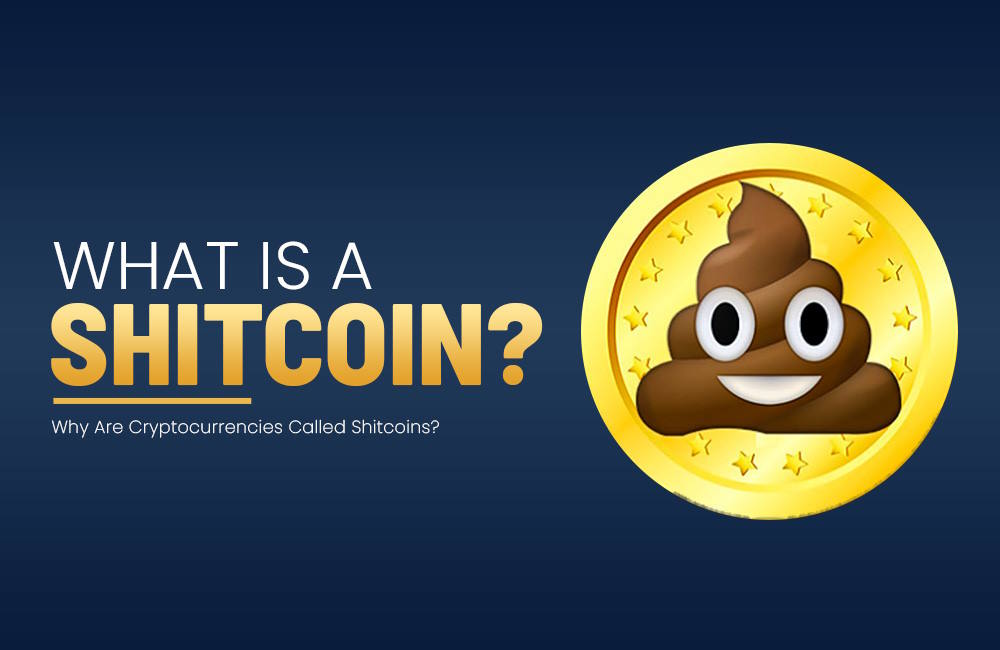
What we're talking about:
What Is a Shitcoin?
You’ve likely heard about altcoins during your Bitcoin journey but every now and then an even more colorful term is used to describe certain crypto tokens: shitcoin. With more than 20,000 projects to choose from in the saturated crypto market, it’s highly likely that a lot of these live up to their nickname.
Let’s take a moment to investigate what these shitcoins are made of and uncover the unique properties that separate Bitcoin from the rest.
Shitcoin Origins
Like so many things in Bitcoin culture, the term shitcoin can trace its roots back to the early days of the bitcointalk internet forum. In November 2010, during a passionate discussion between community members, a user by the name of ribuck responded to core developer Gavin Andresen’s opinions about forking Bitcoin:
“You say that now, but if bitcoin really takes off I can see lots of get-rich-quick imitators coming on the scene: gitcoin, nitcoin, witcoin, titcoin, shitcoin… Some of them are sure to attract users with promises like ‘Why use bitcoin, where you can only generate 50 bitcoins every few months? Use shitcoin instead, and you’ll get 51 shitcoins every 2 minutes’.
Of course the cheap imitators will disappear as quickly as those 1990s ‘internet currencies’ like flooz and beenz, but lots of people will get burned along the way.”
Since that post, the term has become deeply entrenched in the Bitcoin and crypto subcultures, with numerous dubious projects even boasting about their inherent level of shittiness.
What the Fork Is This Shitcoin?
In hindsight, ribuck appeared to have had incredible prediction capabilities. The crypto market is now awash with easy money projects, most of which come and go in the blink of an eye while investors move on to their next target.
The only thing that has fundamentally changed since then, is the ease of production of said shitcoins. Whereas early stage crypto projects would have needed to have been either forked from Bitcoin’s source code, or built from scratch, these days so-called tokens can simply be copy pasted in a matter of seconds. This is the function afforded to us by smart contract platforms such as Ethereum, that allow for additional projects to be built upon the main blockchain and issue new tokens at ease.
Down to Business
Simply brushing off 20,000 other projects as shitcoins however is akin to painting with a very broad brush. To help understand why these projects continue to be spoken of in such derogatory manners, one should take a moment to think about two things in particular: the hardness of money and a founder’s economic incentives.
When compared to fiat currencies, bitcoin is often referred to as hard money, as its monetary supply cannot be altered at a whim, nor does such a decision lie in the hands of a small few. This cannot be said of the vast majority of cryptocurrencies, especially proof-of-stake coins, where monetary decisions are all too often decided by the development teams behind the projects.
When it comes to the incentives of founders, it is often very clear to see where their intentions lie. Take a look at any modern day altcoin’s tokenomics structure, and you’ll see a significant allocation of tokens to founders, developers, venture capitalists and marketing teams. Shitcoins are merely business models that require a steady supply of retail investors to buy their product: the token.
A quick look at Bitcoin’s blockchain however will show that Satoshi’s coins have not moved for over a decade, despite being valued in the tens of billions of dollars.
Getting to the Bottom of It All
It’s not that hard to see for yourselves that such tokens bring little to know value to the market, other than to make their founders and early investors rich. This is in stark contrast to bitcoin, where no single person or entity can be said to be in charge of the currency, its policy or supply schedule.
Bitcoin can in this case be referred to as a true digital commodity. Meanwhile, legislation and regulation is catching up with the wider crypto market and a reckoning day is coming for the thousands of unregulated securities that make up the overpopulated lists on CoinMarketCap and CoinGecko.
The largest altcoin by market cap is Ethereum, and it too has been touted as a virtual commodity over the past few years. If BTC can be considered digital gold for its store of value properties, ETH could be considered digital oil for its role in decentralized computing. Or at least so it went until September 2022, when the Ethereum community pivoted away from proof-of-work to proof-of-stake. The move drastically cut back on the project’s decentralization and handed over an incredibly large amount of power to a select group of block validators.
The antics in 2022’s crypto bankruptcies and consequent contagion effects have only hastened the need for regulation and consumer protection in the crypto altcoin casino.
Bitcoin, Not Crypto
The cryptocurrency market will undoubtedly continue to grow and create genuine use cases for specific applications, but one thing is for certain: we don’t need 20,000 different tokens. As a sovereign individual, you’re free to invest your money as you wish, and by all means feel free to capitalize on opportunities if you can stomach the risk. But one thing should be clear, and that’s something we at Bitcoin Candor want to hammer home: Bitcoin is fundamentally different from all the other shitcoins, altcoins and tokens out there.
This article should help you understand why: Bitcoin, Not Crypto
What we're talking about:

